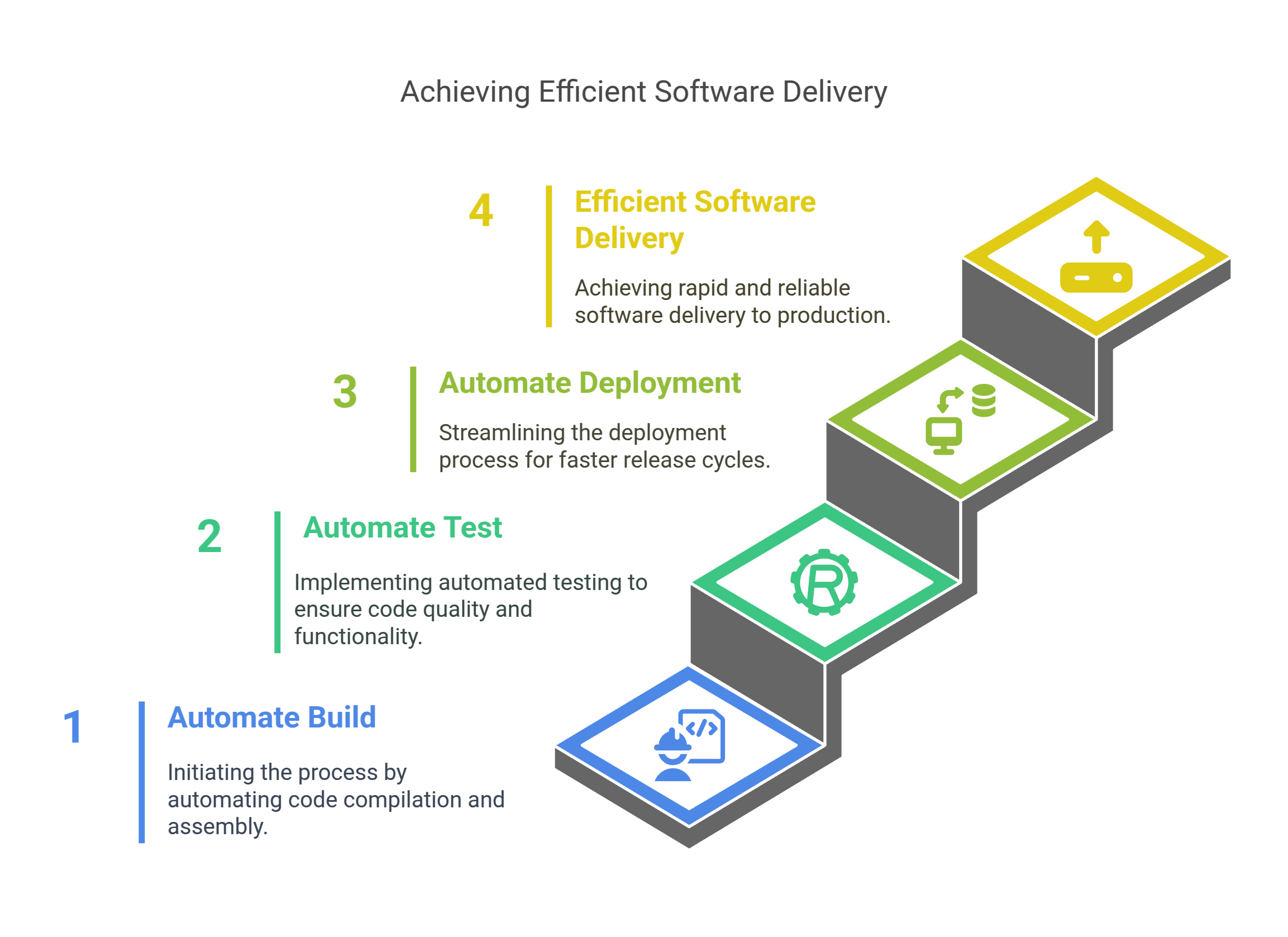
Continuous Integration (CI) and Continuous Delivery (CD) are the bedrock of modern DevOps practices, enabling seamless automation and faster, more reliable software delivery. This blog explores the core principles of CI/CD, how they revolutionize software development, and the critical role they play in fostering collaboration between development and operations teams. By automating build, test, and deployment processes, CI/CD pipelines streamline workflows, reduce errors, and ensure that new code reaches production quickly and efficiently.

CI and CD are fundamental concepts that are transforming how software is developed and deployed. Continuous Integration (CI) involves automatically integrating new code into a shared repository several times a day. By running automated tests, it helps developers catch errors early and maintain code quality. Continuous Delivery (CD), on the other hand, ensures that the code is automatically deployed to production once it has passed all tests, making the release process smooth, consistent, and faster.
CI/CD pipelines bring numerous benefits to software development teams:
CI/CD is now being widely adopted across industries for various use cases:
As DevOps continues to evolve, CI/CD pipelines are paving the way for more efficient, agile, and resilient software development and deployment processes. They have become an essential part of modern DevOps practices and are crucial in driving business success.
As a Software Engineer at IRI, the role involves developing innovative, scalable solutions for data and software validation in resource tracking. With expertise in web development and engineering, the software engineer plays a key role in building high-quality solutions that align with the company’s technological vision its growth.
Smart Fingerprint technology enables fast, secure, and error-free attendance tracking . . . . . .
Blockchain, is a game-changing technology with diverse applications. This blog simplifies what blockchain . . . .
AI Agents are transforming industries by making real-time decisions, automating workflows, and improving efficiency. From chatbots to self-learning business tools, these intelligent systems are . . . .